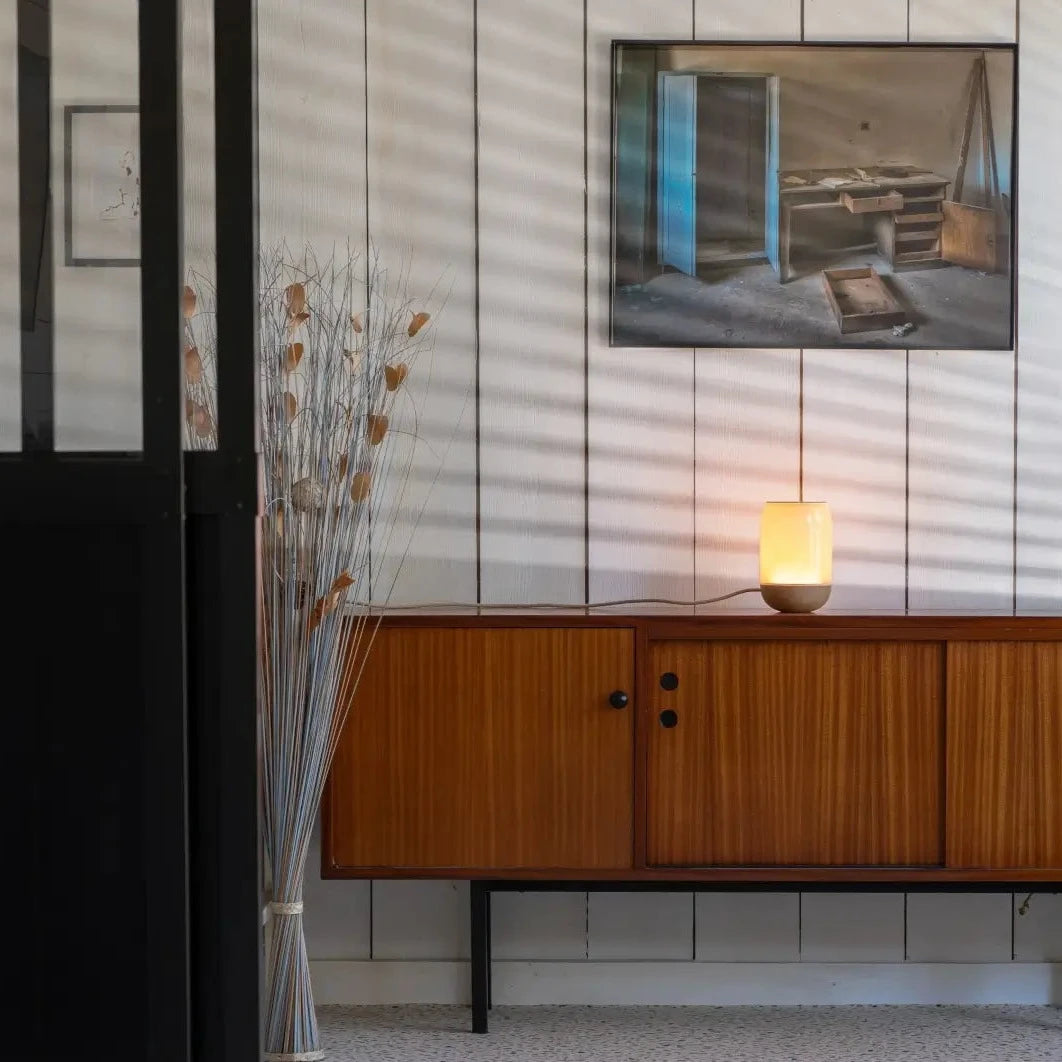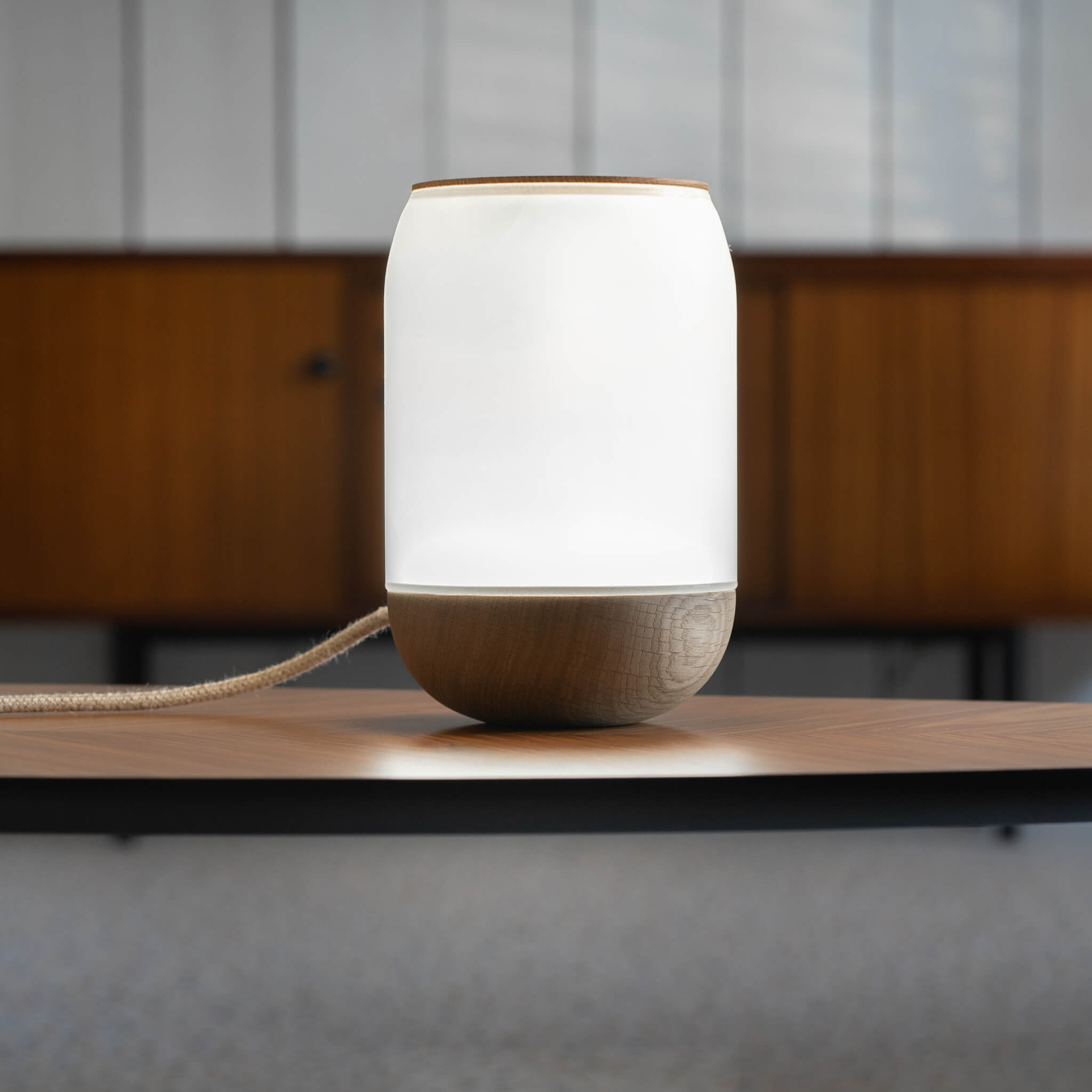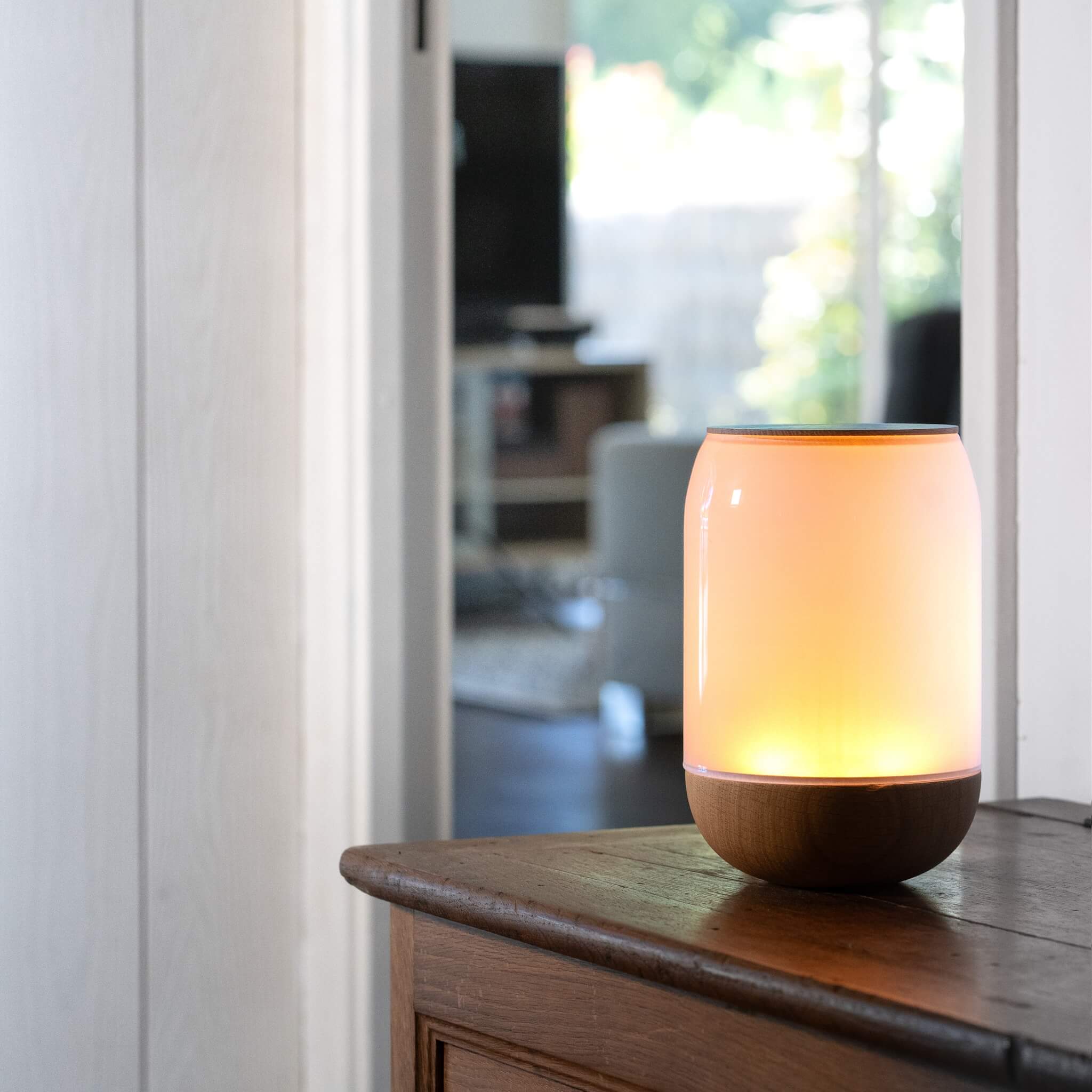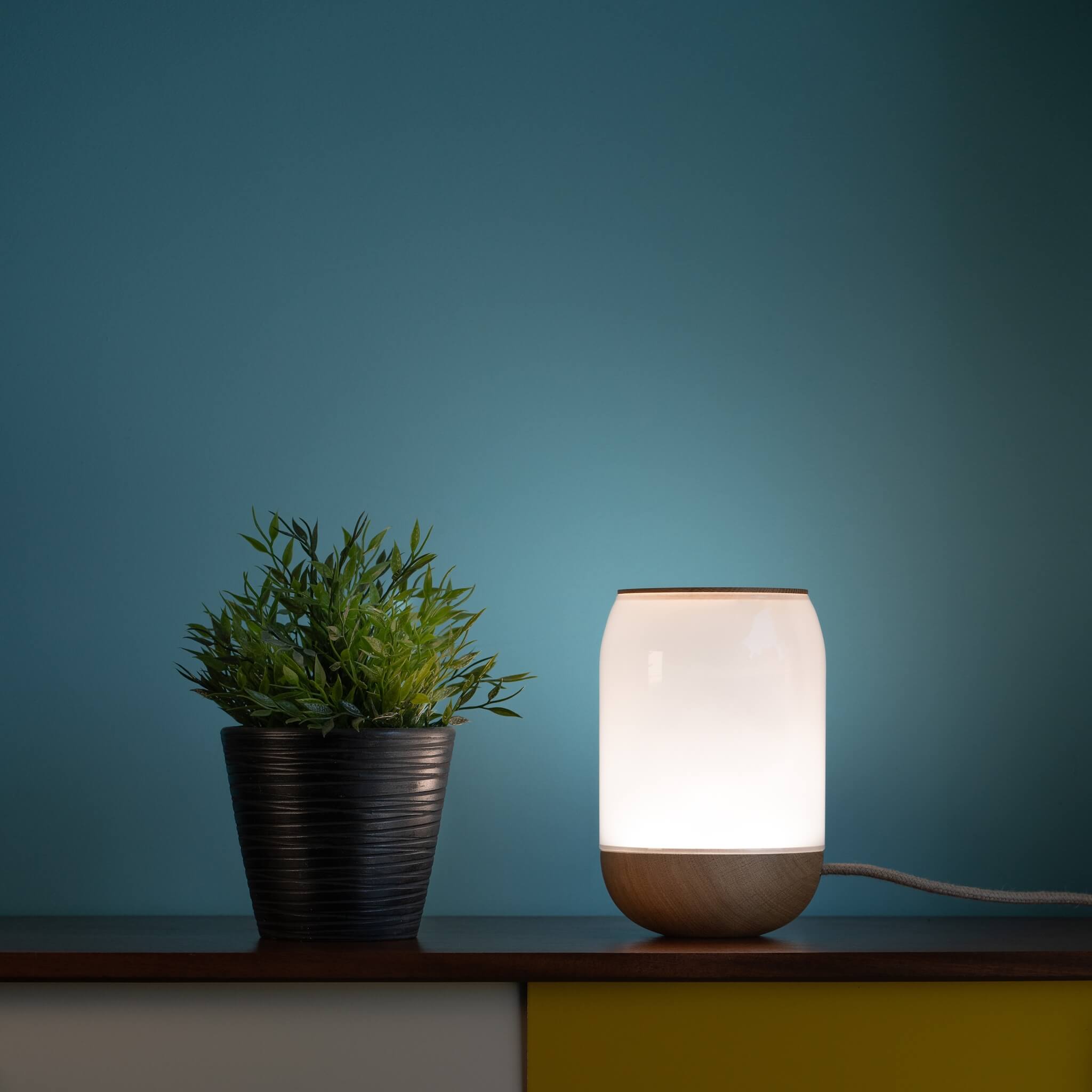Lighting plays an essential role in our daily lives, influencing our mood, our productivity and even our health. According to a Cornell University study, inappropriate lighting can lead to eye strain and headaches, harming our overall well-being. So how do you choose the right light for your home or workspace? Learn about the different types of lamps available on the market and how they can influence your well-being.
LED lamps
LED lights, or light-emitting diodes, are growing in popularity due to their energy efficiency and longevity. A University of California study showed that the adoption of LEDs could reduce U.S. energy consumption by nearly 50%. These lamps also offer a variety of color temperatures, allowing you to choose between relaxing warm light or stimulating cool light.
Dawn simulator lamps
Dawn simulator lamps imitate the sunrise for a gentle awakening. A study published in the Journal of Sleep Research found that dawn simulators improve sleep quality and waking mood, especially in those who have difficulty getting up in the morning.
Solar lamps
Solar lights are powered by solar energy, making them eco-friendly. However, their efficiency depends on the amount of sunlight available, and the use of batteries for their operation can have a negative environmental impact.
Light therapy lamps
Light therapy is a treatment that uses light to help relieve symptoms of certain conditions, including seasonal affective disorder (SAD) and certain sleep disorders. A study published in the "Journal of Affective Disorders" showed that light therapy may be as effective as antidepressants in treating SAD. Light therapy lamps emit intense light that mimics natural sunlight to help regulate the body's biological clock.
Arits lamps
Finally, Arits offers a range of wellness lamps that use LED technology to offer a variety of colors and light intensities. Arits lamps are designed to adapt to your circadian rhythm, promoting well-being and productivity throughout the day.
Choosing the right lamp requires considering a variety of factors, including the function of the light, your space and your personal preferences. Equip yourself with the best options for your health, productivity and well-being by making the informed choice that suits you.
Understanding Kelvin and Lumen
To choose your lighting wisely, it is important to understand two key units of measurement: Kelvin (K) and lumens (lm).
Kelvin indicates the color temperature of light. A low temperature lamp (less than 3000K) produces a warm, relaxing light, similar to that of a sunset. A high temperature lamp (over 5000K) emits a cool and stimulating light, like that of a sunny day. For information, our products vary from 1800K, the color of a candle, to 6500K, the sun at its zenith.
Lumens , for their part, measure the luminous flux, that is to say the quantity of light produced by a lamp. The higher the number of lumens, the more intense the light. For example, an 800 lumen bulb emits as much light as a 60 watt incandescent bulb. Fortunately we use the latest technologies to offer a 3300 lumen lamp for a power consumption of 20W.
Color Rendering Index ( CRI)
The Color Rendering Index is a measure of the ability of a light source to faithfully reproduce the colors of objects compared to a natural light source. CRI is rated on a scale of 0 to 100, where 100 represents the most accurate color rendering.
A high CRI is particularly important in fields where color perception is essential, such as photography, interior design or art. For domestic lighting, a CRI of 80 or higher is generally considered satisfactory.
However, a light with a high CRI can have beneficial effects even in a home or office context, as it makes colors more vibrant and the environment significantly more pleasant. Indeed, a study from the University of Stuttgart showed that lighting with a high CRI can improve concentration and well-being, as demonstrated by chromotherapy, color therapy.
Arits lamps take this crucial aspect into account. Using cutting-edge LED technology, our lamps offer a CRI greater than 92, ensuring lighting that faithfully reproduces colors. So whether you're working, relaxing or engaging in creative activity, you can be sure that colors are reproduced as realistically as possible, contributing to your comfort and well-being.
















Leave a comment
All comments are moderated before being published.
This site is protected by hCaptcha and the hCaptcha Privacy Policy and Terms of Service apply.